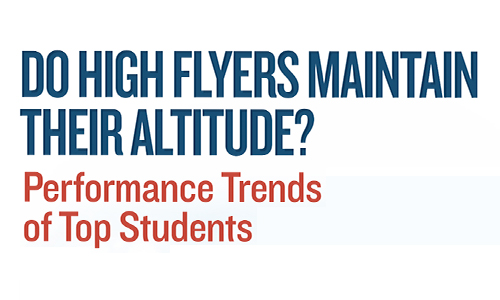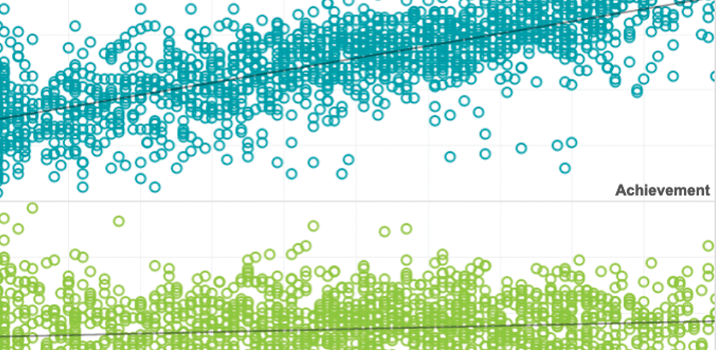Journal article
Moving from data to making a difference
2013
TASA INSIGHT Magazine 28(2),17-21.
By: Andrew Hegedus

Abstract
The problems faced within education resemble the problems in many social settings in that they lack clear definitions, have many potential causes, lack simple solutions, and defy straightforward measurement. In this article, Andrew Hegedus shares a view on the types of problems faced in education and outlines key characteristics of a process that begins with collecting data and ends with evaluating progress.
See MoreThis article was published outside of NWEA. The full text can be found at the link above.
Related Topics


Finding root causes effectively: A powerful way to improve schools
Using experience gained by facilitating the determination of root causes in schools and in industrial settings, as well as lessons from research and literature both within and outside of education, this paper provides a recommend process, and detailed protocols and tools for defining problems to be investigated and determining their root causes.
By: Andrew Hegedus
Topics: High-growth schools & practices


Do high flyers maintain their altitude?
In the visualizations in this exhibit, you can compare the performance and growth of various groups of high achievers to that of their peers over multiple years.
By: Yun Xiang, Michael Dahlin, John Cronin, Robert Theaker, Sarah Durant
Topics: Equity, High-growth schools & practices


Using test scores for teacher evaluation: Why caution is necessary
This article offers insight and guidance on issues to think about before tests are used as an evaluation tool and to help ensure better choices are made about the role test scores play in a teacher’s evaluation.
Topics: Empowering educators, Student growth & accountability policies


Developing more meaningful definitions of college readiness
Complementing traditional quantitative measures with more qualitative tools can help determine college and career readiness.
By: John Cronin, Michael Dahlin


Do high flyers maintain their altitude? Performance trends of top students
In this study from the Thomas B. Fordham Institute, achievement trends from NWEA’s longitudinal growth database were used to track students who scored at or above the 90th percentile on this assessment in order to see if they maintained their high achievement.
By: Yun Xiang, Michael Dahlin, John Cronin, Robert Theaker, Sarah Durant
Topics: Equity, High-growth schools & practices


Making teacher goal setting more powerful
Most of us believe that when individuals have goals, their performance improves, and this belief is being put to the test in schools today. In an effort to create alignment between district and school improvement efforts, teachers are more likely than ever to have formal performance goals.
By: Andrew Hegedus
Topics: Empowering educators, High-growth schools & practices


Is Moneyball the next big thing in education?
Predictive analytics in education can offer a benefit as long as educators heed the differences between how the tools are used in industry and how they should be used differently in schooling. Perhaps most important, teachers already know a great deal about their students — far more than an investor knows about a stock or a baseball scout about an up-and-coming pitcher.
By: James Soland


